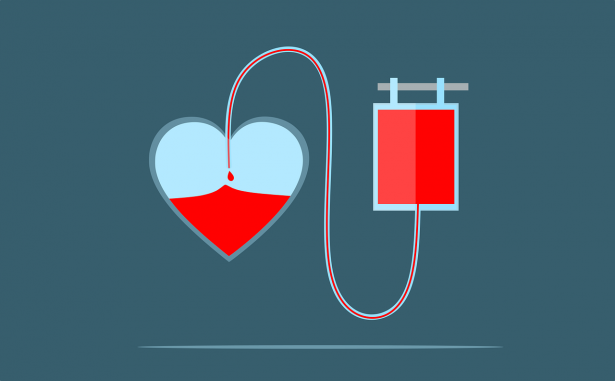Hidden motives: Identifying the rarer motivations for donating blood



By Michael Lam, Mel Hyde & Barbara Masser
Why do people donate blood? Considerable research has explored why people donate blood and prosocial motivations such as a genuine desire to help another person (a.k.a. altruism), top the list. Is donating blood really only about selflessly helping others? Countless surveys, meta-analyses, and reviews suggest so. However, feeling good as a result of donating (warm-glow) may also be motivating, leading researchers to suggest that benevolence where both the donor and the recipient benefit may be a better explanation of why people donate blood than altruism alone. This means, we may need to look beyond altruism to fully understand why people donate blood.
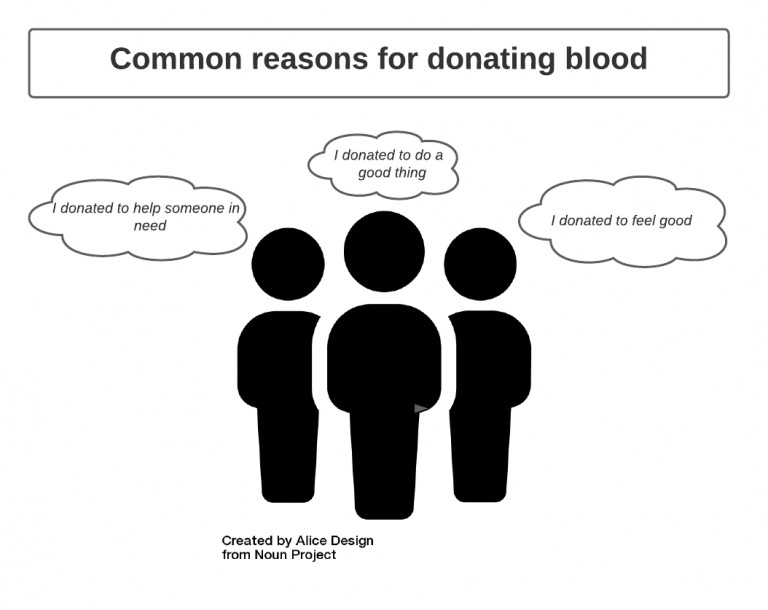
While some studies have attempted to look beyond altruism, a key limitation of this survey research is that the researchers have typically only been able to ask a small number of blood donors about their motivation for donating. What this means is, during analysis of responses when similar motives are grouped together, any rare and unusual motivations that people have may be buried within a larger category or go unreported. That is, there may be hidden motives for donating blood.
A recent paper published by Professor Eamonn Ferguson and colleagues suggest there are, in reality, many hidden motives for blood donation that have until now remained uncovered. The team analysed data from NHS Blood and Transplant who surveyed over 60,000 active, non-remunerated whole blood donors. Survey respondents were asked to report their motivations for their most recent blood donation. Donors could select a tick box response for their reason (i.e., fixed response) and they also had the option to provide an open-ended free response to explain their reasoning. Due to the large volume of responses, this study was able to reliably identify the rarer motivations for donating blood that may have been previously missed.
Based on over 60,000 survey responses, the team identified 54 motivations which were organised into a new typology of 12 motives based on the free responses from 8,867 donors. These motives were:
- Reciprocity
- Cooperating with the future
- Inspiration: moral elevation
- Social closeness, sympathy and “the known victim”
- Family-links
- Fairness and equality
- Fungibility of donation
- Stages of change
- Professional role
- Alternative prosocial desire
- Donor identity
- Who the donor is
We are going to focus on the top five motives for blood donation identified by donors in this study (but if you want to know about the rest you can read the full paper to find out more. It’s free to access!).
Donor identity. The most common motivation reported by almost half of respondents related to having a blood donor identity. In other words, donors saw donating blood as an important part of their self-concept. This identity is formed through experience (repeated donations). As evident by the popularity of this response and reviews, developing this identity leads to sustained donations. Blood donors who give for the first time continue donating because it becomes central to how they see themselves.
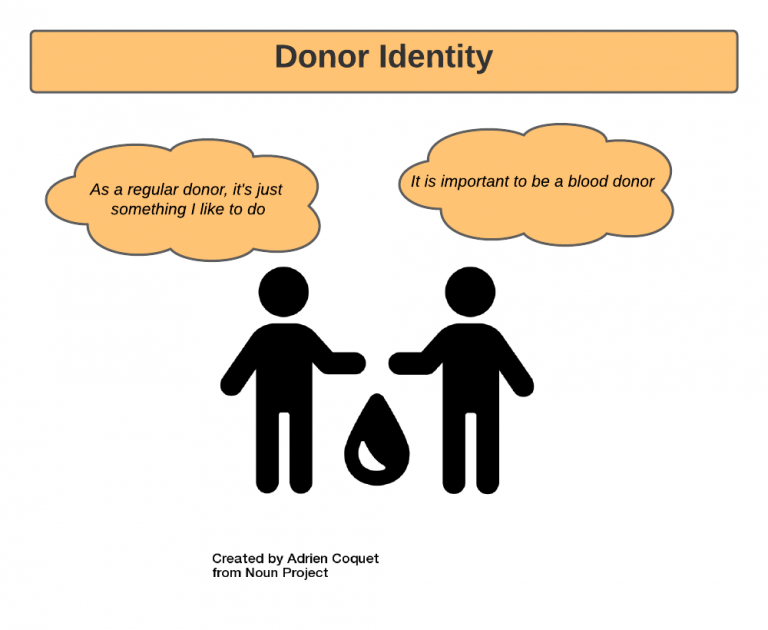
Knowing someone. The second most common motivation described by almost 6% of respondents was being motivated to donate because the donor knows or is acquainted with someone who received or who needs donated blood.
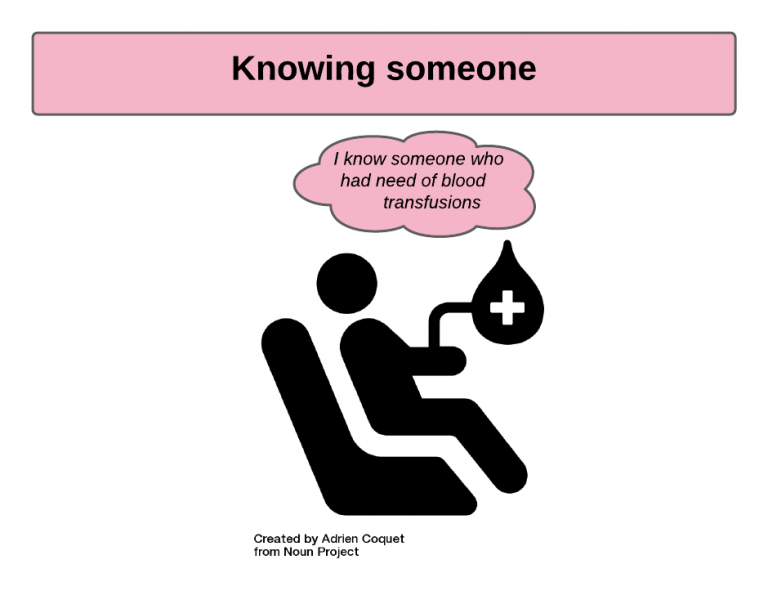
This motivation can be explained by Construal Level Theory. The basic idea behind this theory is that our thinking influences our psychological distance. That is, the more concrete and detailed our thoughts become about “something” (e.g., a person, an object, an event), the more we feel psychologically close to it. Applying this to blood donation, when we know a recipient of blood, we engage in more detailed thinking about blood donation, such as seeing the positive impact of a blood transfusion. In turn, this detailed thinking increases our sympathy towards those needing blood and may ultimately motivates us to donate.
This connection to first-hand experience or knowledge of the benefits of transfusion linked to the third most common motive nominated by donors – Reciprocity. Five percent of donors, described reciprocity as a motivation for donating blood. Generally, reciprocity reflects a donor’s desire to give back because of help received. The most common form of reciprocity (comprising 88% of responses about reciprocity) was downstream indirect reciprocity whereby donors repay the gift of blood given to someone they know by making a donation themselves.
Fairness and Equality. As the fourth most common motive, fairness and equality refers to a person being motivated to donate blood because they want to increase fairness and reduce inequality between themselves and the recipients.
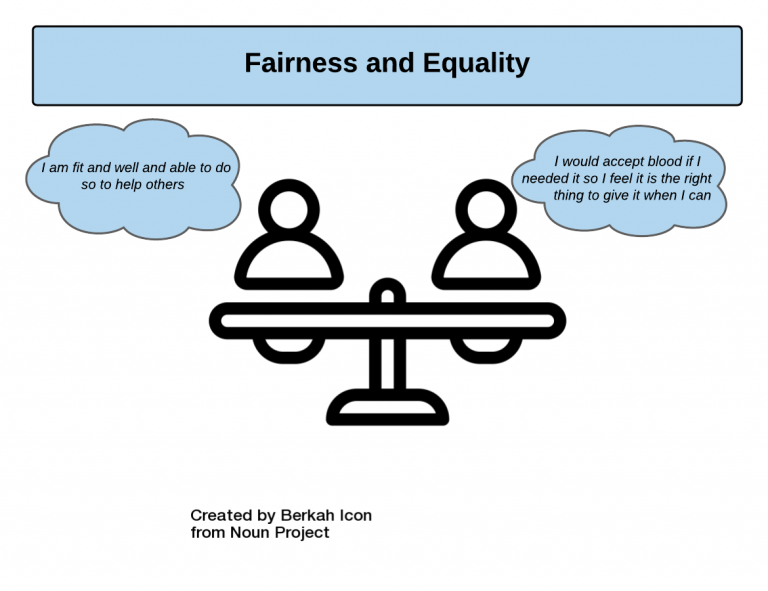
Responses capturing this motive were reported by almost 3% of donors and included advantageous inequality aversion and Voluntary Reciprocal Altruism. Advantageous inequality aversion is the belief that if one is fit and able to donate then they should donate to help those less healthy. Voluntary Reciprocal Altruism refers to people’s belief that if they are willing to receive a transfusion then it is only fair that they donate.
Inspiration: Moral elevation. Moral elevation, the fifth most common motive, draws on the idea that people are motivated to do good things by seeing other people go beyond everyday expectations.
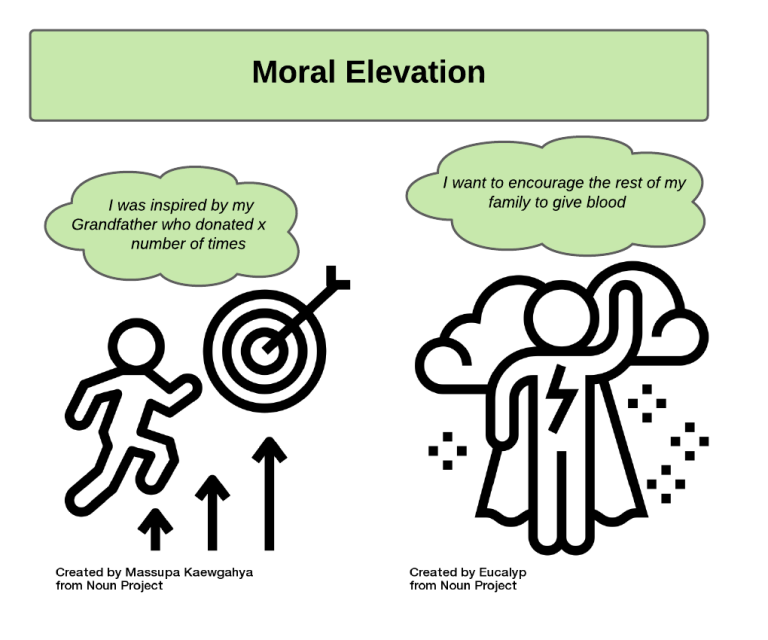
Two percent of donors on the survey mentioned being inspired to donate by their family members, significant others, and even medical professionals because they saw them doing something exceptional. The inspiration also works in the opposite direction. Some donors mentioned being motivated to donate because they wanted to inspire others to donate.
How can these hidden motives be used to recruit blood donors?
Attempting to motivate donors through targeting their want to do a good thing or help others has been the ‘go to’ position of many blood collection agencies for many years. However, the detailed analysis of a large number of donor responses by Ferguson and colleagues suggests that other strategies may be viable.
For example, prospective and existing donors who value fairness and equality may be responsive to a targeted appeal based on Voluntary Reciprocal Altruism. Campaigns could highlight the idea that if people are willing to accept a transfusion, the fair thing to do is to be a donor themselves. This approach has been successful in organ donation. In a trial of a number of different messages, messages based on Voluntary Reciprocal Altruism led to the largest number of people joining the organ donor register. Further, in Australia potential donors motivated to address inequality may be encouraged by the Australian sentiments of fairness, mateship, and giving others a chance, to give those who need blood a “fair go” by becoming a blood donor.
The identification of motives relating to inspiration/moral elevation suggests that campaigns based on inspiring stories about donors are useful in targeting donors motivated in this way. Given that donors are also motivated by knowing someone, campaigns highlighting local community members who have had a transfusion may make the very real need for blood less abstract and more concrete. Highlighting family traditions for donation, or encouraging donors to reflect on family members, friends, and acquaintances who donated, need, or received blood, could also be effective. This latter strategy would tap into inspiration/moral elevation as well as reciprocity motives.
While it is well established that regular blood donors develop a ‘blood donor’ identity over time, prospective and new donors could be encouraged to consider themselves a blood donor beginning at their first donation, rather than waiting for this identity to develop after multiple-donations. As noted by Ferguson and colleagues, a simple text message to new donors, “Thank you for donating blood today. Congratulations, you are now a blood donor”, may be an effective intervention to encourage donors motivated by their identity to donate blood again in future.
Going forward, we need to move beyond large-scale campaigns focusing solely on the desire to help others. Developing multiple smaller interventions targeting these usually hidden motives may be the key to recruiting more blood donors.
